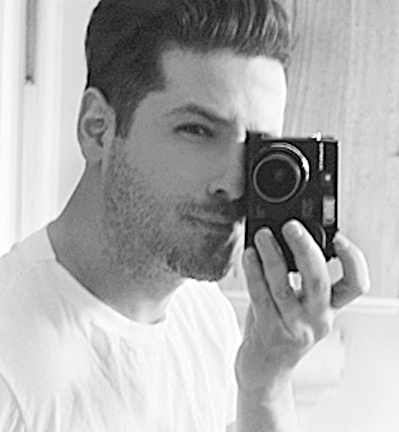William Castellana is an award-winning photographer whose images have been published internationally in periodicals such as Silvershotz (The International Journal of Contemporary Photography), Rangefinder, Creative Quarterly (The Journal of Art & Design), Newsweek, Time, New York, and others. His photographs reside in the permanent collections of over 40 museums in the US including the Hood Museum of Art, Museum of the City of New York, Museum of Modern Art Library, Yale University Library, New Britain Museum of American Art, Southeast Museum of Photography, and the Hunter Museum of American Art.
About the Series
Street photography, in terms of the "unposed," is a practice that serves the compelling need to distill the ebb and flow of visually complex interactions
into static form - forever fixed and with meaning. It is this desire to understand more deeply the rhythms of humanity that takes me to the streets in search
of clarity.
In their simplest sense, the images in this series form a social document of a people and a place; namely, a sect of Hasidic Jews known as the Satmars.
This sect of Hasidic Jews was founded in Satu Mare, Romania by Rabbi Joel Teitelbaum in the early 20th century. After WWII, Teitelbaum settled in
Williamsburg, Brooklyn to lay the groundwork for a religious ideology that would launch one of the largest Hasidic movements in the world. Since
Teitelbaum's death, the Satmar community has grown exponentially and continues to thrive economically and spiritually through closely observed traditions and social mechanisms.
Between the fall of 2013 and 2014, I set out to photograph my neighbors in the one-half square mile area below Division Avenue, which demarcates the
religious from the secular communities of Williamsburg, Brooklyn. The photographs in this book are constrained to the "neighborhood view," since my
outsider status made access to a more privileged look impossible.
As an outsider, what I witnessed through my camera during that period was forever new and unique compared to my everyday routine and what the rest
of the city's inhabitants were pulsing to. For me, street photography is about the preservation of time and place - a kind of poetry that distills both in equal
measure.
